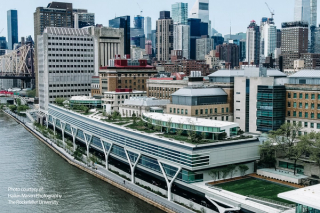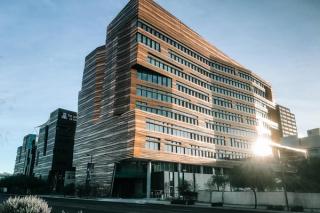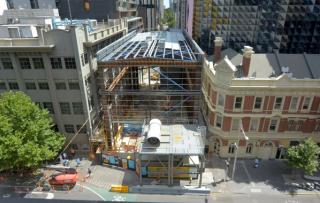
Rockefeller River Campus wind evaluation
- Client Name
- Rockefeller University
- Location
- New York, USA

Challenge
The new Rockefeller River Campus project will include state-of-the-art laboratories, a dining commons, an academic centre, a conference centre, and associated gardens. These amenities will provide new venues for public programmes, aiding the dissemination of science to a broader audience.
The Marie-Josée and Henry R. Kravis Research Building will be the centrepiece of the Niarchos Foundation – Rockefeller River Campus. Rather than adding to the New York skyline, this ambitious building sits above the FDR Drive. The low profile compliments the skyline while adding additional rooftop green space to be used for various activities. The two-storey building will extend almost three city blocks, providing 135,600 square feet of interior space, enough to accommodate over 600 scientific personnel. It will also feature a green roof that will effectively add almost two acres of open space to the University’s grounds.
The location on the banks of the East River, extensive outdoor amenity and green space and integration with laboratory programming created a number of concerns from an air quality and wind comfort perspective.
Specifically, the interaction of site winds with complex building forms could create areas of air re circulation and accelerated wind flows that affect dispersion of building exhausts and the safety and comfort of users of amenity spaces. Odour issues associated with existing generators on-site added to these concerns.
Solution
SLR was retained to evaluate the effects of wind on the new development and provide design input to the mechanical and architectural teams.
Through testing measures, SLR established appropriate stack heights and stack placement to limit air quality impacts on air-sensitive receptors (existing and new fresh-air intakes, planned amenity areas).
Impact
Wind speeds at the site were found to satisfy comfort criteria during the summer and winter months. Our team suggested landscaping measures to provide shading during the relatively calm wind conditions during the summer months.

